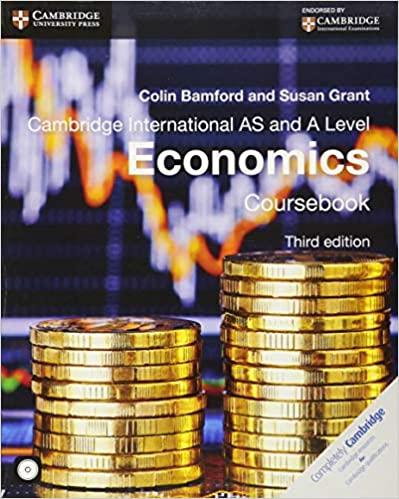Question
TASK 1 REFERENCE: Eriksen, T.H. (2001). Small Places, Large Issues. An Introduction to Social and Cultural Anthropology. 2nd Ed. Pluto Press. USA. LOCAL ORGANISATION (58-72)
TASK 1
REFERENCE:
Eriksen, T.H. (2001). Small Places, Large Issues. An Introduction to Social and Cultural Anthropology. 2nd Ed. Pluto Press. USA.
LOCAL ORGANISATION (58-72)
- What role did local communities play in the development of anthropology?
- In what ways norms and social control shape social interaction in the community?
- Identify local policies during the pandemic. How did they influence interaction among your community members?
- How does socialization shape our behavior and thought as a member of our community? Give examples (child rearing, schooling, building, friendship, making money etc.)
PERSON AND SOCIETY (73-92)
- What are dominant structures today, especially in this pandemic period? Explain your answer.
- How do social structures work together in addressing the pandemic?
- What conflicts do these structures have with each other?
- How do such conflicts affect our ways in dealing with the pandemic?
- What are the two ways of conceptualizing group membership in modern societies? Describe each operates in your society.
TASK 2
REFERENCE:https://www.researchgate.net/publication/317050091_History_Politics_Government_and_the_Constitution_in_the_Philippines_A_Sociological-Juridical_Approach
Chapter 1- 4 (pages 1-90)
- Why is there a need to study comparative government and politics? How is this relevant today?
- There are different conceptualizations and applications of democracy today, which one relevant and which one is not?
- How does the state make itself felt in our lives, and how do we know?
- What are the implications of the territorial issues on our sovereignty?
- How do you describe Philippine democracy?
- What are the challenges of Philippine democracy?
- Is democracy - in practice - truly government by the people, or have other voices come to be heard more loudly?
- Which is preferable: a stable dictatorship or the instability that often arises in poor and deeply divided societies with no experience of democracy?
- Why are so many authoritarian regimes corrupt?
TASK 3
REFERENCE:https://drive.google.com/drive/u/0/folders/1FsWICYwXpBXeQO_jFGliY_9yfDkfFY-l
(Topic: Capitalism vs. Socialism Comparing Economic Systems - Guidebook - The Great Courses - TTC by Dr. Edward F. Stuart (z-lib.org) (1)
Part 1. Lectures 1 and 2 (pages 1-23)
- How would your different political, moral, and religious values cause you to prefer a particular kind of economic system?
- Do you think that most people are motivated by self-interest or by concerns for their fellow human beings? What does this have to do with capitalism versus socialism?
- What did Adam Smith think about the basic nature of human beings? How did this influence his advocacy of a market system?
- Where did Karl Marx get his initial ideas about class conflict? How did Marx think class conflict could be eliminated?
Part 2. Lecture 22: 233-244. Asian Tigers
- What were the advantages to the Asian Tiger economies of having a strongman in charge of development? What were the goals of these strongmen?
- Are the stories about the economic miracles in South Korea, Singapore, and Taiwan stories about the wonders of the free enterprise system?
TASK 4
REFERENCE: https://drive.google.com/drive/u/0/folders/1FsWICYwXpBXeQO_jFGliY_9yfDkfFY-l
(Topic:The Impact of Leadership on Student Outcomes)
1. What are the authors' claim? 2. What are the pieces of evidence that support the claim? 3. What is your insight?
Task 5
Reference: https://drive.google.com/drive/u/0/folders/1FsWICYwXpBXeQO_jFGliY_9yfDkfFY-l
(Topic: Human Geograhpy)
Chapters 1 and 2 (pages 1-49).
Using these five key concerns,
a. the location of human beings and their activities; b. the places human beings create; c. the relationships human beings have with their surrounding environment; d. the movements generated by human activities and the interconnections between places which result; e. and the regions human beings invent f. describe the Human Geography of the area in which you live.
Postmodern Human Geography approaches the explanatory frameworks that modern Geography invented with a degree of incredulity. Discuss.
Step by Step Solution
There are 3 Steps involved in it
Step: 1

Get Instant Access to Expert-Tailored Solutions
See step-by-step solutions with expert insights and AI powered tools for academic success
Step: 2

Step: 3

Ace Your Homework with AI
Get the answers you need in no time with our AI-driven, step-by-step assistance
Get Started


